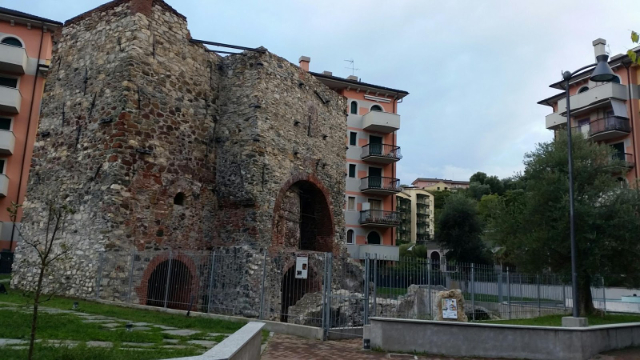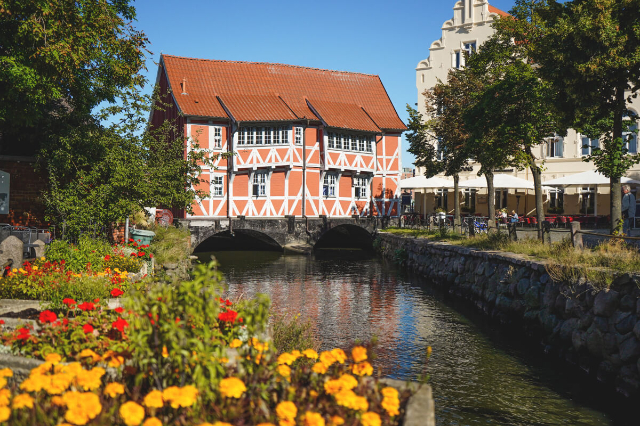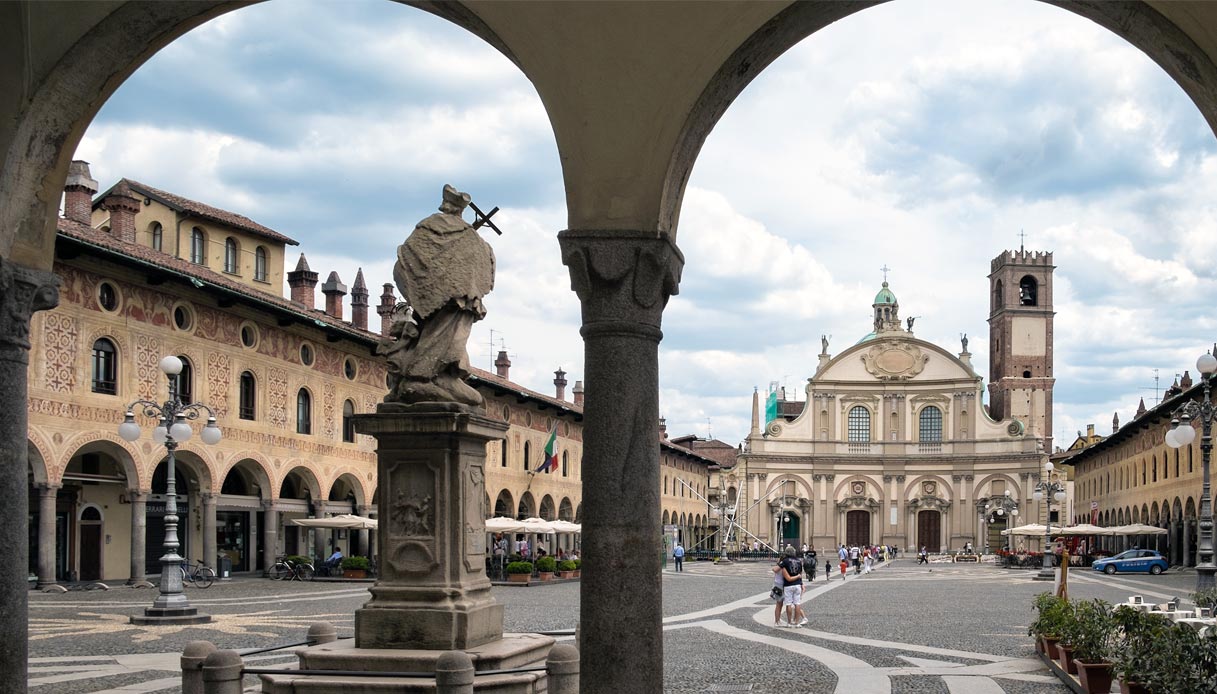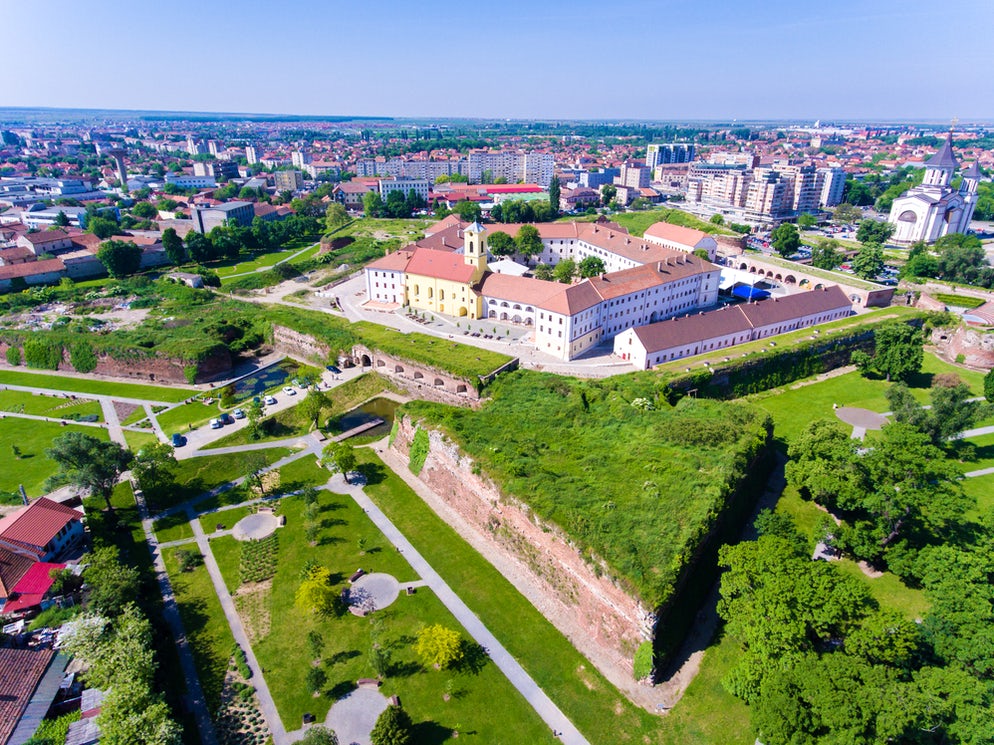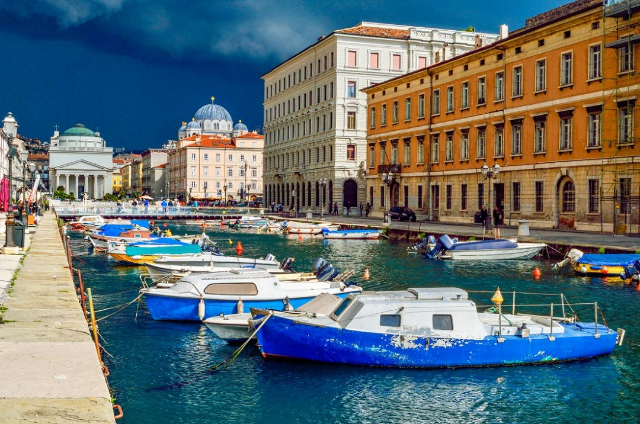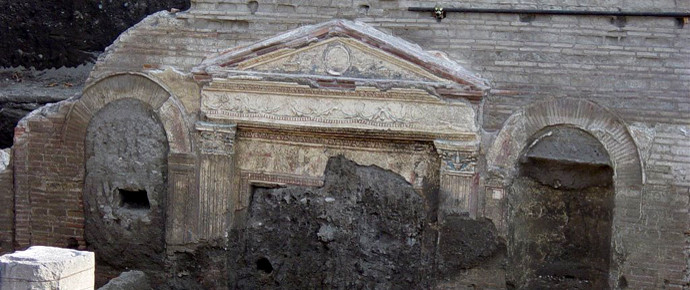<p>For centuries, Cogoleto è has been remembered mainly both for being one among the towns that boast of being the birthplace of Christopher Columbus, and for the presence of an’ancient industry, that relating to the production of lime, obtained from the baking of limestone, extracted from the hills behind and baked in the numerous furnaces once present in the historic center, near the sea. Cogoleto, therefore, town of lime, a product of excellent quality, required and used by the Republic of Genoa for the construction of important buildings and public works such as: Palazzo Ducale, Albergo dei Poveri, construction of the new walls of Genoa, Bisagno aqueduct, as well asé defensive works in the territories of the Republic’s dominions, such as for example forte Calvi in Corsica. Regarding the origins of this industry, based on local traditions the inhabitants of Cogoleto, as far back as Roman times, would have wisely exploited the resources of the area to manufacture lime. In fact, at the current state of research, the first document pertaining to such production dates back to 1414 and is related to a loan, contracted by Giovanni Colombo of Cogoleto, which could also be paid off with a supply of lime. It is clear from the numerous archival documents that this productive activity was very important for the town’s economy. Even today, there are a number of lime kilns on the municipal territory, now disused, but extremely significant for what they represent. For some time now, after a long period in which these buildings, now in a state of neglect and forgotten, have been in danger of disappearing, è began for them a complex operation of recovery to return this historical/cultural heritage to the communityà. In order to further enhance this ancient tradition and promote cultural and educational initiatives, some citizens decided to establish the Association named: Fornace Bianchi Cogoleto, which has been granted by the municipality the temporary entrustment of the furnace. In Cogoleto, in the historic center, develops ”the lime route” consisting of a series of ceramic tiles depicting some kilns and moments of the’production activity, which also highlight the slipways from which the ships loaded with lime departed. A path that actually invites the visitor to reach the nearby Bianchi Lime Kiln. Of all those present anciently in Cogoleto, the Bianchi kiln in Via Scassi (locità Donegaro) è the only one that can be visited. It dates back to the mid-19th° century, è of the “layer” type; and with continuous fire, that is, continuously fed with faggots and coal. Restoration è began in 2008 and, given the size of the structure, required the’action of several institutions along with the’work of volunteers and students of Architecture and Engineering at the’University of Genoa. An industrial building of extraordinary interest and beauty, which can also be visited internally and, therefore, is unique.</p>
